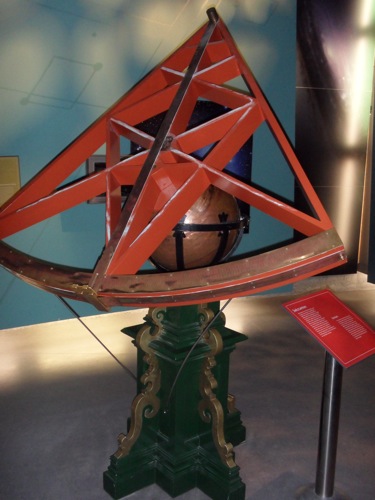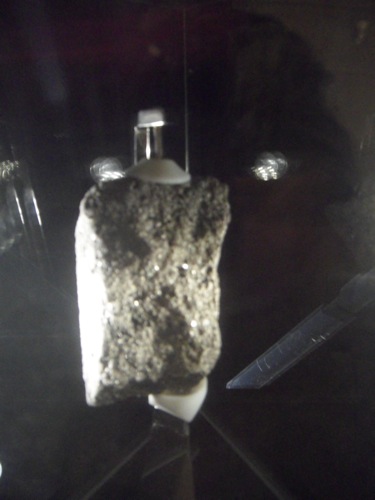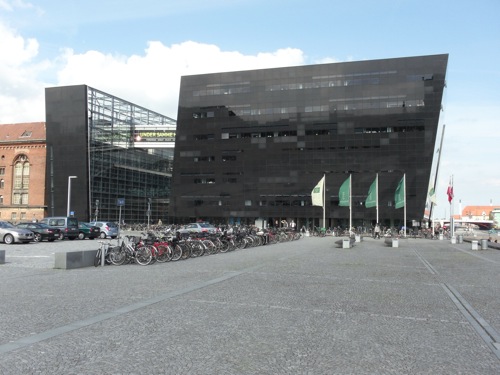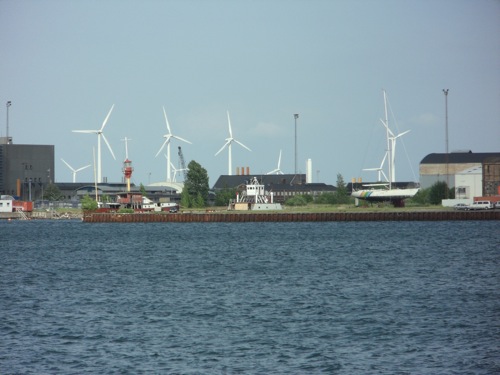Flight canceled, again! The Iceland volcano is causing quite the problem with air travel in Europe. Experts reassure us that the flight restrictions will not be as severe as last year’s major shut down, which lasted over a week. We received word that we should be good to go on Wednesday morning. Until then, I had more time to explore Copenhagen and get some other work done.
I jumped on my bike and rode into downtown Copenhagen, revisiting some of the places I’d quickly visited the day before. I spent more time enjoying the unique surroundings and interesting culture. I certainly felt out of place, especially since I was wearing plain American clothes (it seemed like everyone there was wearing designer clothes!).
My first stop was back at the Tycho Brahe Planetarium. I went inside to enjoy the interactive exhibits. The attendant said I could go in for free since everything was in Danish. Luckily I was able to find some displays with English translations.
I immediately went to the Tycho Brahe display and was impressed with the attention to detail and abundance of information about Tycho Brahe. There was a life size model of a Sextant, similar to the one used by Tycho Brahe in the 1500’s to track planets and stars. Tycho Brahe built one of the first modern observatories and was able to accurately track planets. His observations eventually gave way to the acceptance of the Sun centered system.

I wonder if today's climate scientists feel like Brahe and Copernicus did in the 16th century? They shared their observations and ideas about a solar system that many believed to be impossible, yet really existed. Will the many years of work, observation and data help solidify the theories being proposed today regarding Global Warming and Climate ChangeA statistically significant variation in either the mean state of the climate or the mean variability of the climate that persists for an extended period (typically 10 years or more). Climate change may result from such factors as changes in solar activity, long-period changes in the Earth's orbital elements, natural internal processes of the climate system, or anthropogenic forcing (for example, increasing atmospheric concentrations of carbon dioxide and other greenhouse gases).? There is still a lot to learn, but many indicators exist today validating the work of today's climate scientist.
Next I found a great Moon exhibit. They actually had a real moon rock! The rock was brought back from the moon in the early 1970’s, the last time humans set foot on another body in our solar system.

After spending some time at the planetarium, I was off to see some unique architecture. The next stop was the Copenhagen Library.

The final stop allowed me to view the wind turbines. These turbines compete with the local fossil fuel power plant to provide energy to Copenhagen and the surrounding area. Luckily, wind is a very reliable resource in Copenhagen.

Up next, Kangerlussuaq, Greenland and meeting the research team (hopefully).


Comments